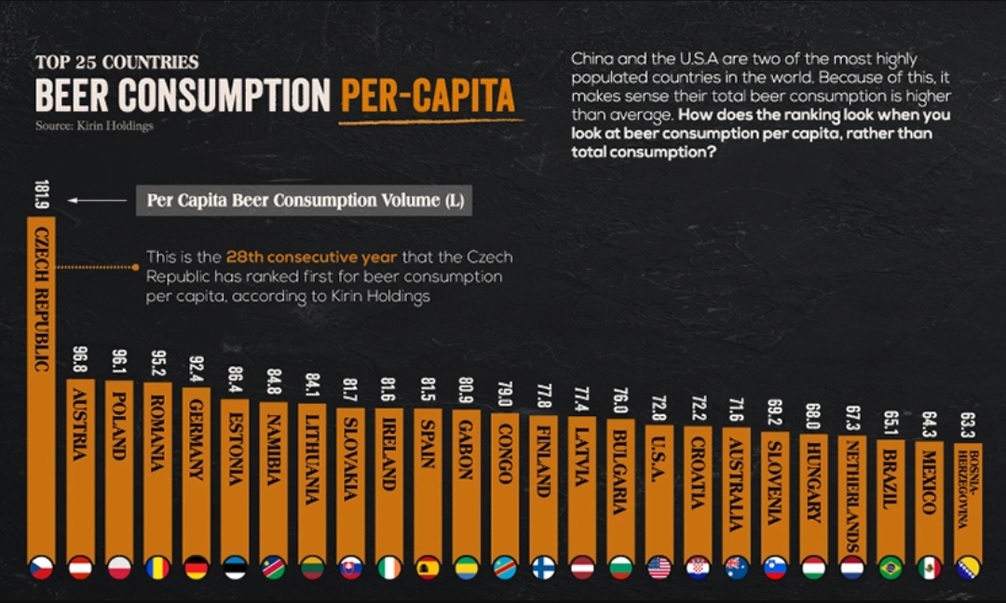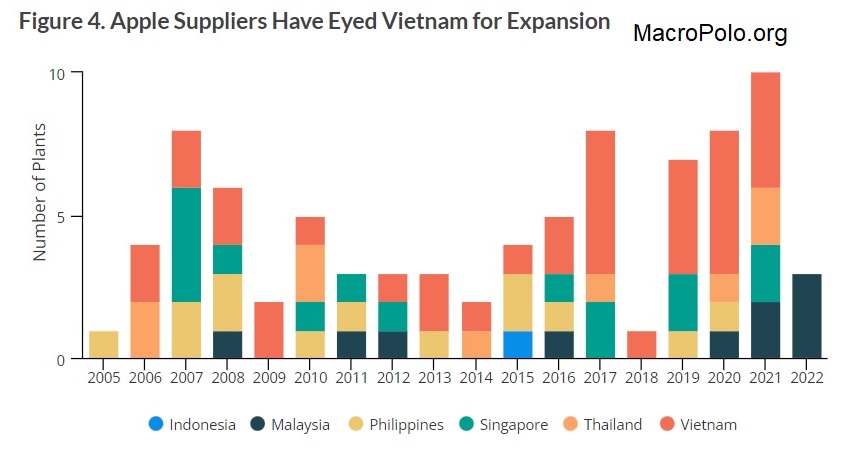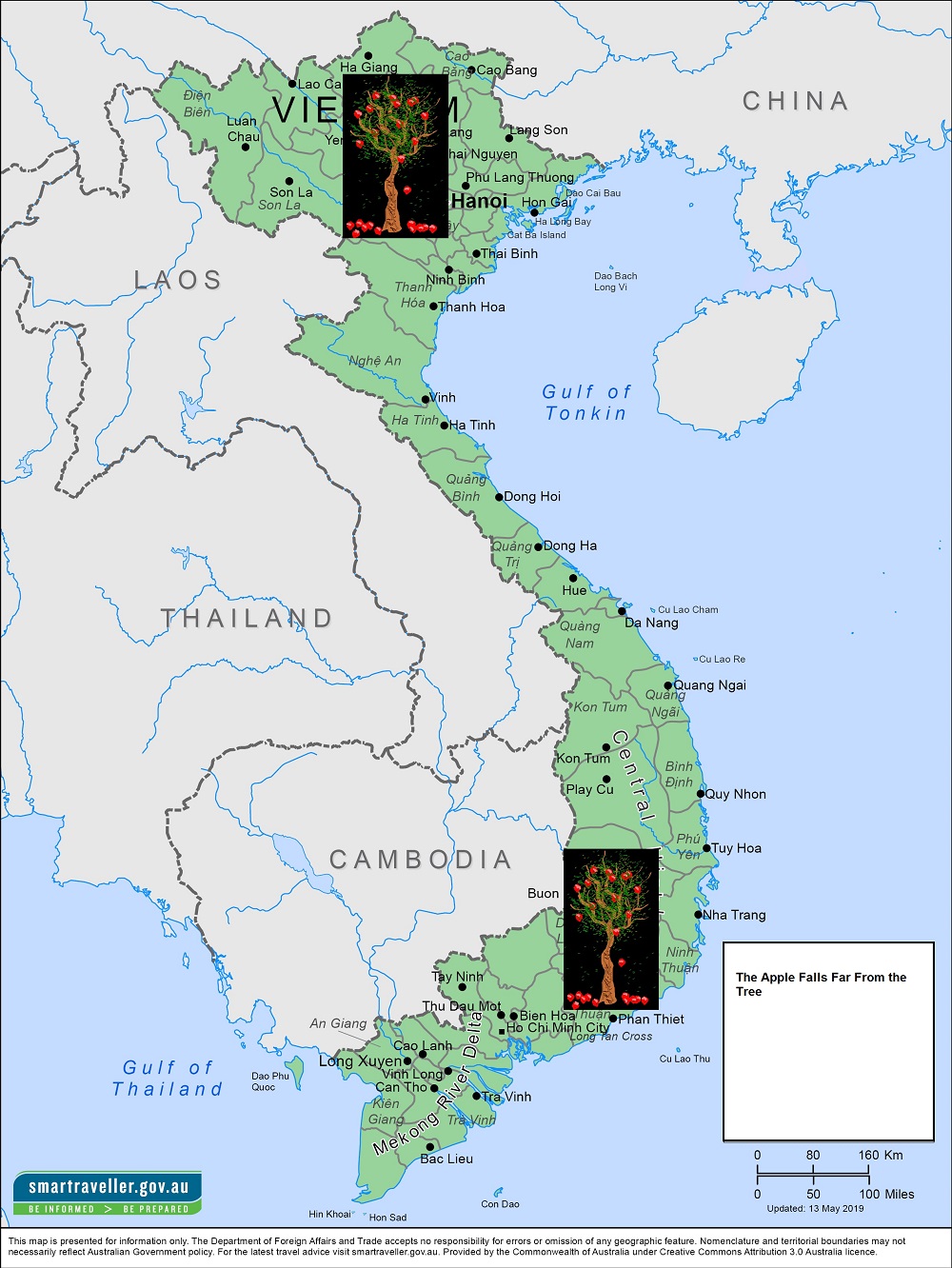One of the better things about Seattle is that you can leave it easily and go to Vancouver. BC not WA. And so we did last weekend enjoying the sights and culinary delights of the city. We were strolling through VanDusen Botanical Gardens admiring the lilies, roses and Japanese maples when we stumbled across a wonderful example of globalization. Workers were preparing for a wedding in a section of the park, and playing Indian music as they did so. Soon we stumbled upon a photographer posing the happy couple: an Indian-Canadian groom and a Japanese-Canadian bride. He was garbed in traditional Indian wear and she in as resplendent a dress as we’ve seen this side of a 1950s romantic musical.
The wedding was merging not just a man and a woman but two cultures from Asia: East and South, both now living in Canada, the celebration taking place in a garden named after a Canadian lumber magnate and philanthropist. We often hear people declaring the death of globalization, whether from pandemics, war, trade disputes or otherwise. But there is no sign of it in the data, nor in the parks of Canada. And we see globalization while updating last week’s beer sales story, examining where the robots roam and delving into China diversification. It’s this week’s International Need to Know, spending the dog days of August with our two cats pawing over international information and data.
Without further ado, here’s what you need to know.
Beer Economics 2: The Drunken Revenge
Readers who have not knocked down too many will remember last week we showed which countries were tops for beer sales. But a Czech-adjacent friend and reader noted correctly that a more telling stat would be beer consumption per capita rather than the gross sales we showed. We agree and had originally planned last week to calculate the per capita sales figures of the Worldwide Brewing Alliance’s beer sales number until we received our second Covid booster shot and spent the next few days in an achy, high-fevered haze, which come to think of it, did not feel unlike a few days in college after consuming a bit too much of what the Worldwide Brewing Alliance peddles. Nonetheless, thanks to our friend, we present below the per capita figures for beer consumption. As you can see, the Czech Republic, for the 29th consecutive year, ranked first for beer consumption per capita, according to Kirin Holdings. Next for those throwing down the brews at a high rate are Austria, Poland, Romania and Germany. Not a surprise to be found in the top 5. We were surprised, however, that Namibia is ranked so high, number 7, above Ireland, ranked number 10. So now we have fully covered the global beer world. On to cocktails.
Where the Robots Roam
It’s been a while since we’ve provided an update on global robot disbursement. As you can see in the chart below, courtesy of MacroPolo.org, South Korea is still the worldwide leader in use of robots (almost all of the robots in this chart are industrial). The list is not entirely intuitive, however, with Singapore second, followed by Japan, Germany and Sweden. We understand Japan and Germany, two manufacturing powerhouses, but are a bit surprised by Singapore and Sweden. In the former’s case, Singapore has an aging population, and the country is increasingly relying on robotics to deal with labor shortages and address health care issues. In addition, it has a large and increasingly automated port. Sweden is using robots in industry which helps in a country with a highly compensated workforce. In fact, most of these countries are important manufacturing centers. But the top three: South Korea, Singapore and Japan, are by far the leaders in use of robots. Is that providing them a large advantage in manufacturing? Will other countries fall further behind South Korea and Japan unless they, too, install more robots? Like a Cylon or HAL, we patiently wait and see.
China Corner: Friends With Benefits
A few weeks ago we provided more documentation about the inevitable diversification out of China for geopolitical and economic reasons. More evidence comes this week though this diversification is more complicated. Nikkei Asia reported that “Apple is in talks to make Apple Watches and MacBooks in Vietnam for the first time, marking a further win for the Southeast Asian country as the U.S. tech giant looks to diversify production away from China.” We are not surprised, and below you can see a chart of Apple’s previous diversification efforts before this announcement. But supply chains are complicated. In this case, one of the Apple suppliers starting test production of the Apple Watch in Vietnam is Luxshare Precision Industry, a Chinese company, headquartered in Guangdong Province. Luxshare was started by Wang Laichun, who previously was a bigwig at Foxconn. Wang is a self-made billionaire, one of the few such women self-made billionaires, a remarkable success story. Of course, Foxconn, a Taiwanese company, which also supplies Apple and is also preparing to make Apple Watches and Macbooks in Vietnam, sees it a bit differently, or at least Taiwanese authorities have accused Wang of stealing trade secrets in building up her company. At any rate, there continues to be geographic diversification out of China but in many cases Chinese will still be a big part of these supply chains—until a decade or so from now when a Vietnamese up and comer starts her own company and competes with Luxhshare and Foxconn.






